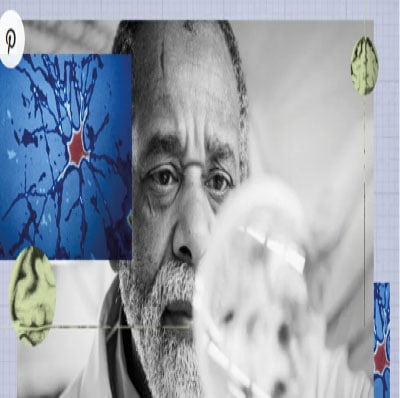Organoids — tissue cultures that roughly replicate the functions of an organ — allow researchers to observe how cells behave in tissues in vitro, in the lab. This is particularly helpful when it comes to investigating the brain and the conditions that affect it. But what are some of the ethical challenges?
After conception, the cells that make up an embryo are totipotentTrusted Source, and can turn into any cell type the body requires in order to develop a full human. “Embryonic cells within the first couple of cell divisions after fertilization are the only cells that are totipotent,” explains New York State Stem Cell Science. This property narrows throughout development and as a human ages, but the body retains some stem cells throughout its life.
Adults have stem cells in their bone marrow, which allow them to create many types of blood cells. This is known as multipotencyTrusted Source, which is crucial to allowing the immune system to stage a response to infection, for example.
While they are able to differentiate into many different cell types, multipotent stem cells are not able to differentiate into all the different cells types that form the adult body.
Being able to harness the ability to control the destiny of a stem cell has allowed researchers to investigate the minutiae of how our cells work in the lab, and arguably more ethically and practically than can be done in humans or animal models.
Much research has been done into exactly how to turn one type of cell into another one, and is ongoing. Already blood and skin cells can be taken from a person and exposed to certain chemicals and media that allow them to regain their pluripotencyTrusted Source, the ability to develop into any cell type. Called induced pluripotent stem cells, researchers are currently pursuing two main lines of work using this approach. They have created embryo models using fibroblasts, a type of cell found in the skin, for example. Recently created embryo models have allowed researchers to observe the beginning of organogenesis in the laboratory.Organoids are particularly useful when they can be used to create models of organs or tissues which cannot be easily replicated any other way.










